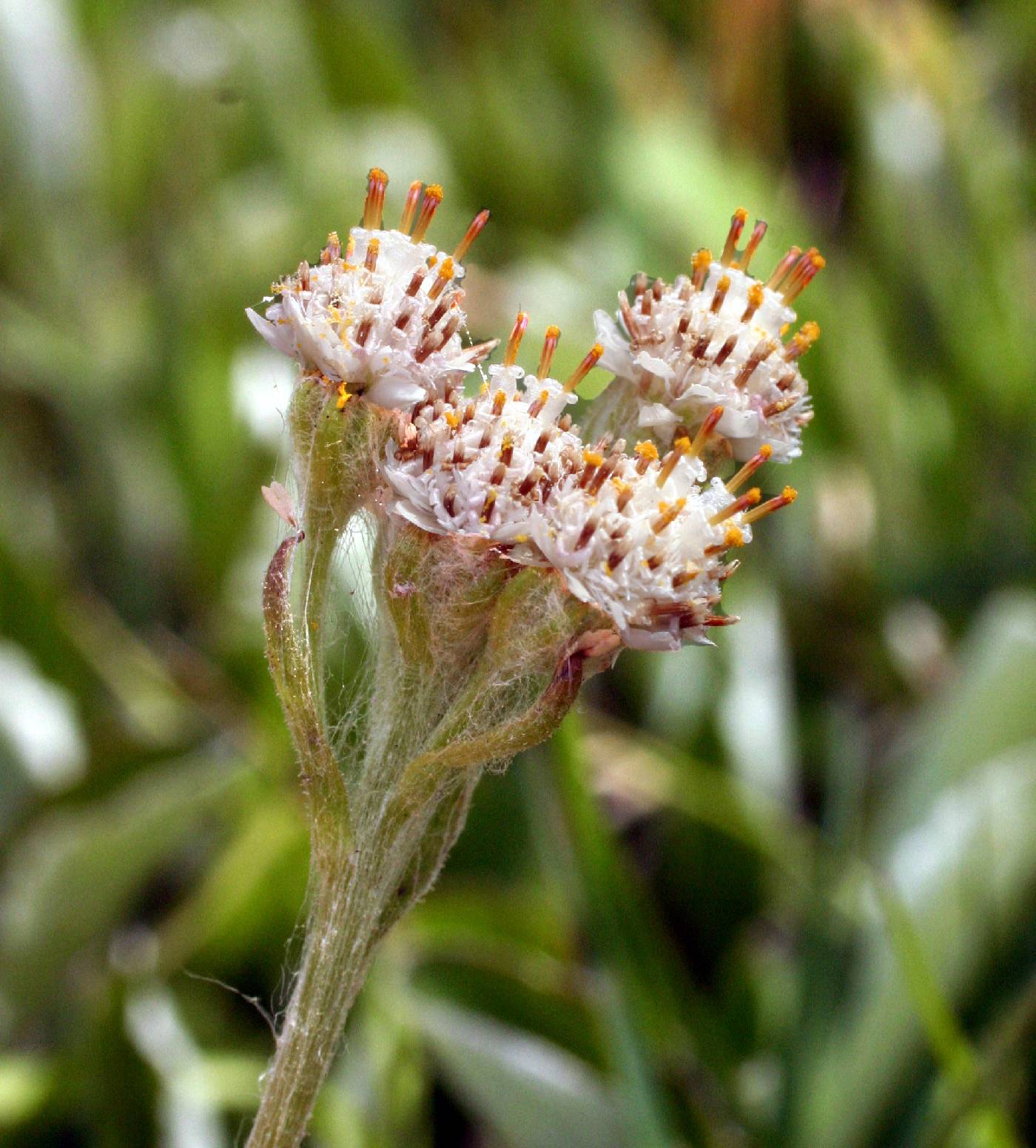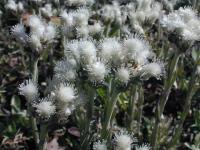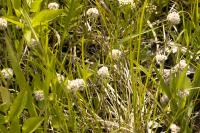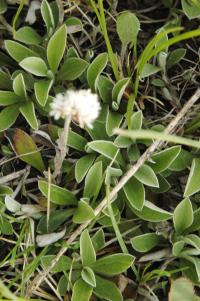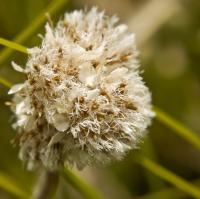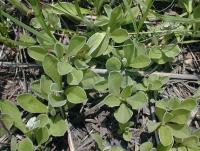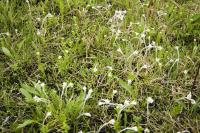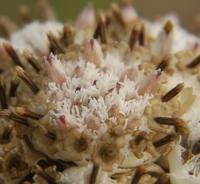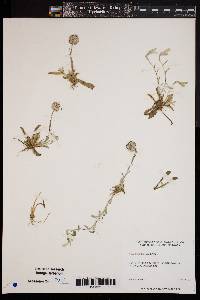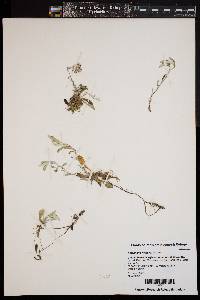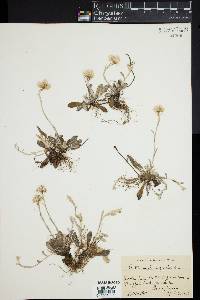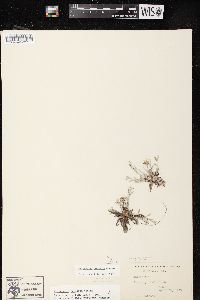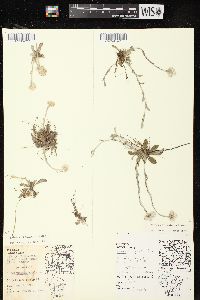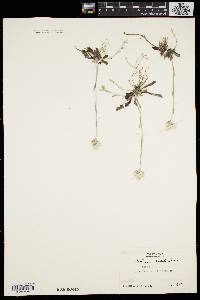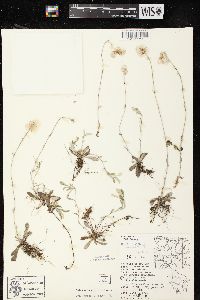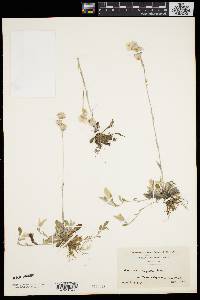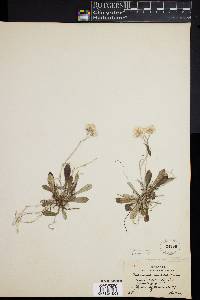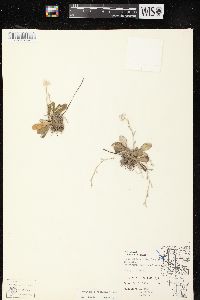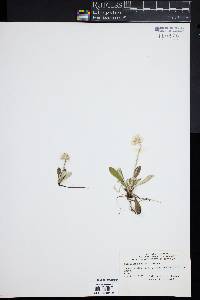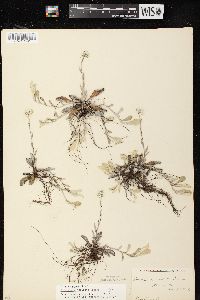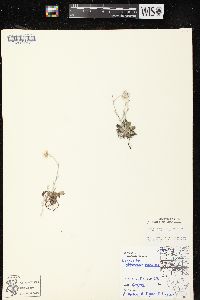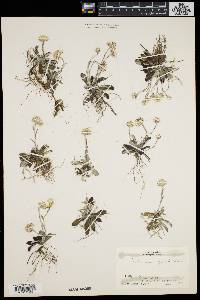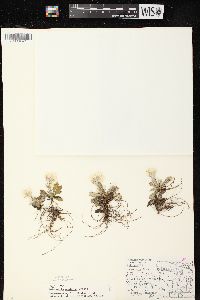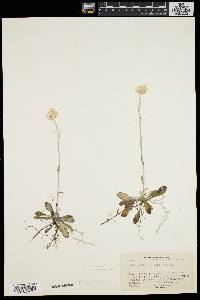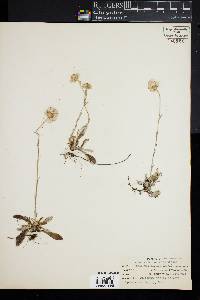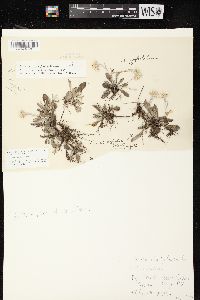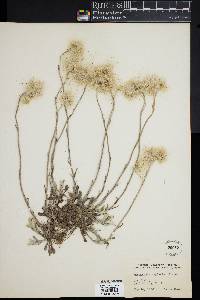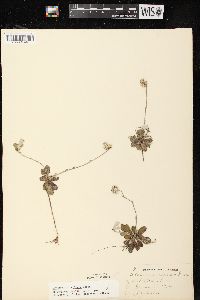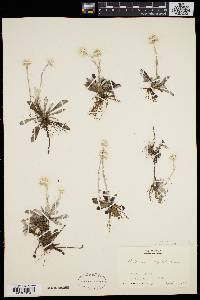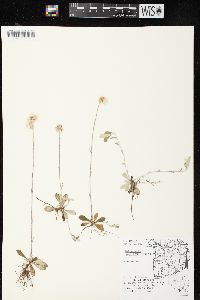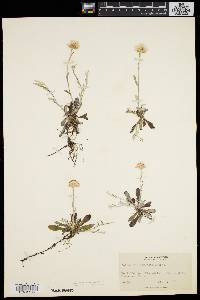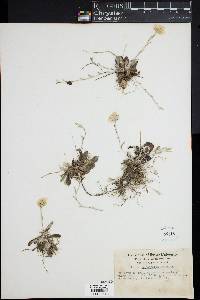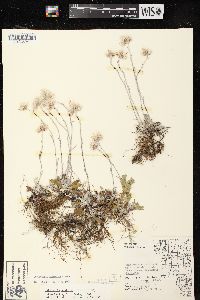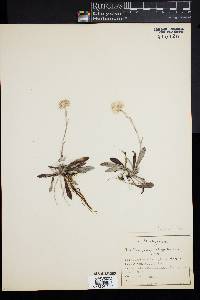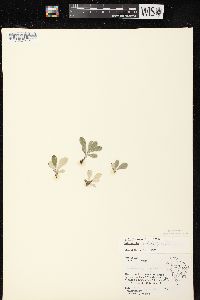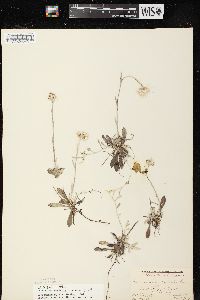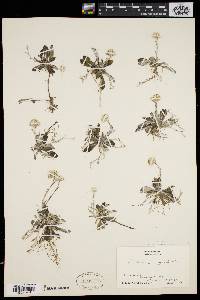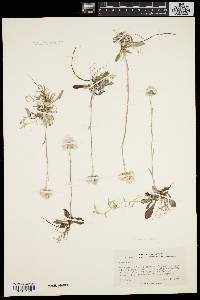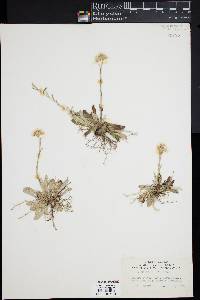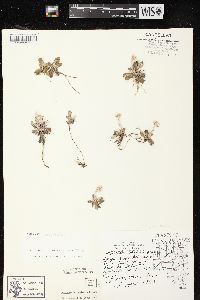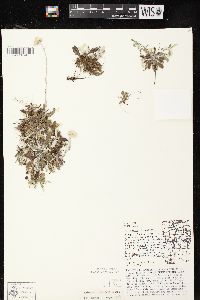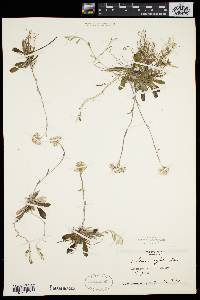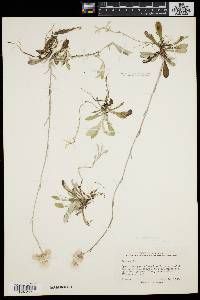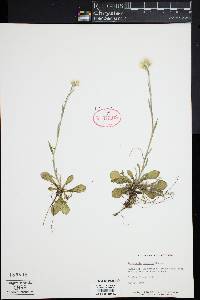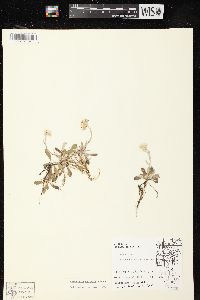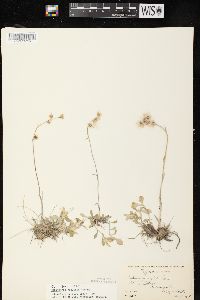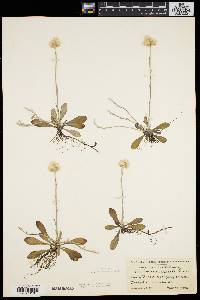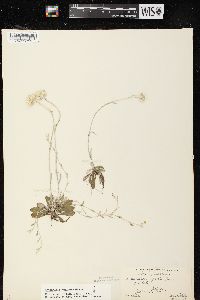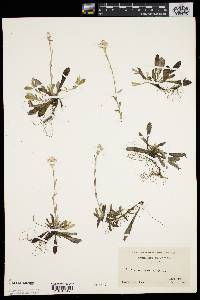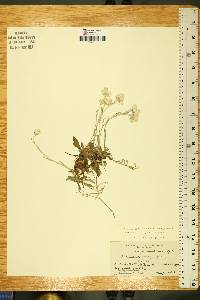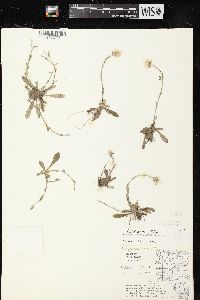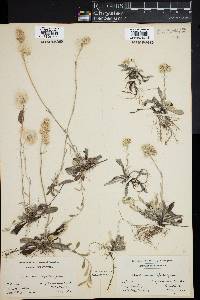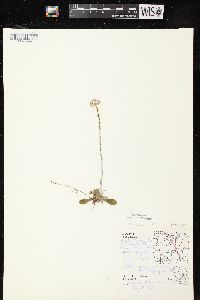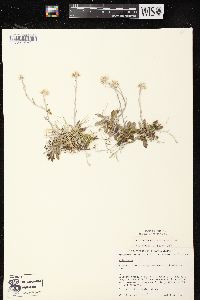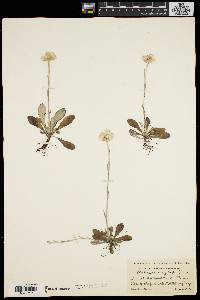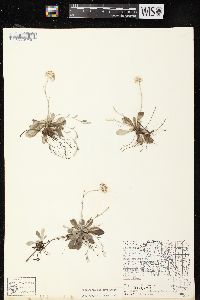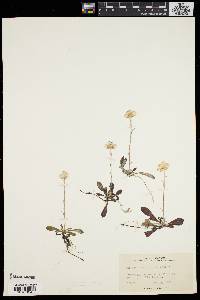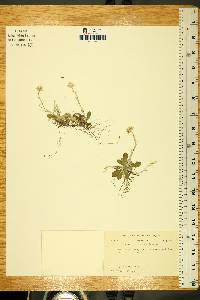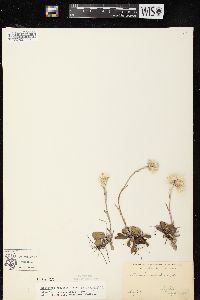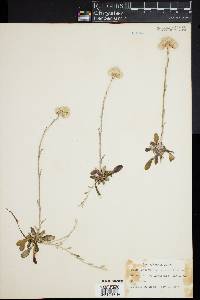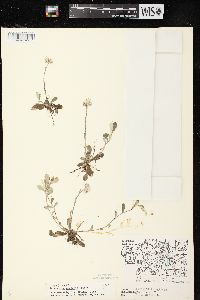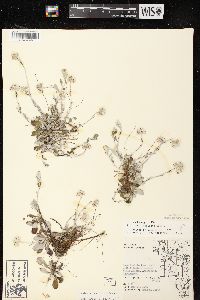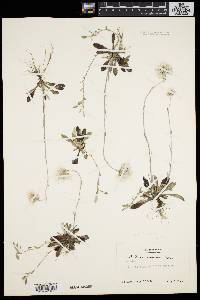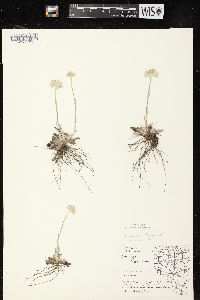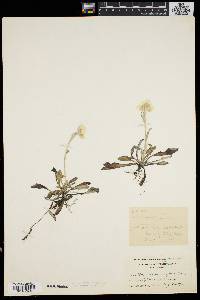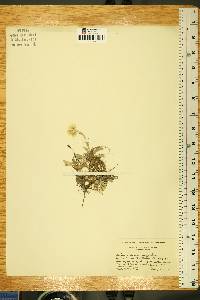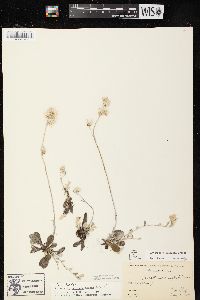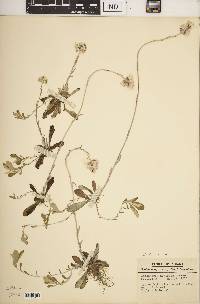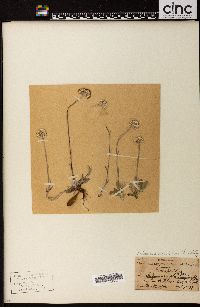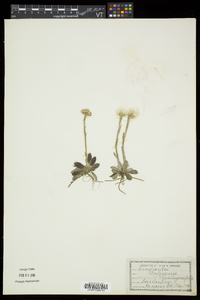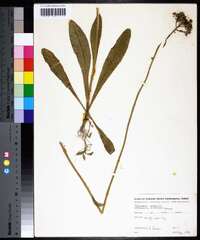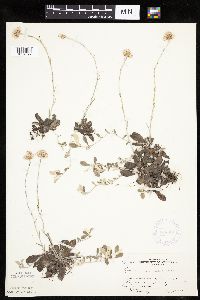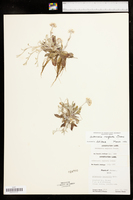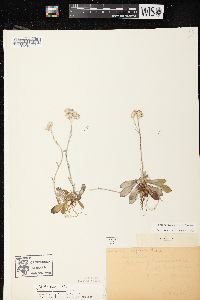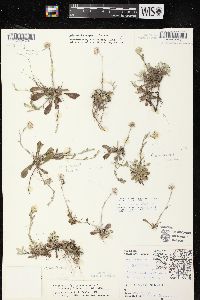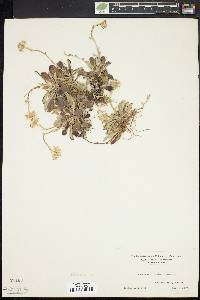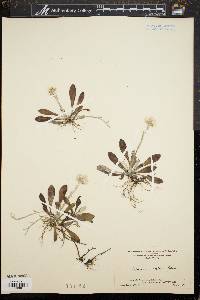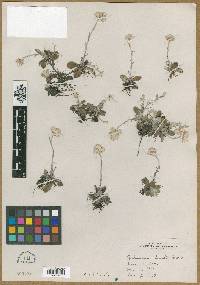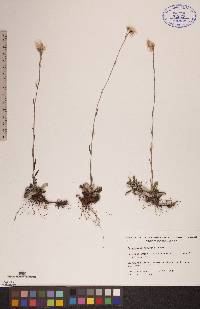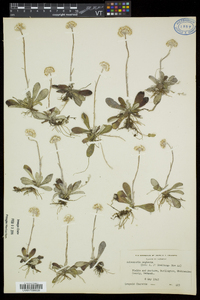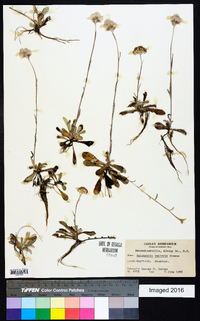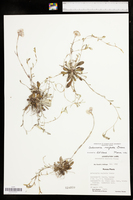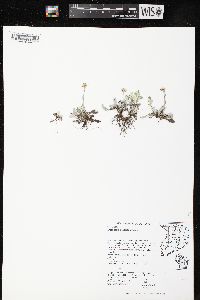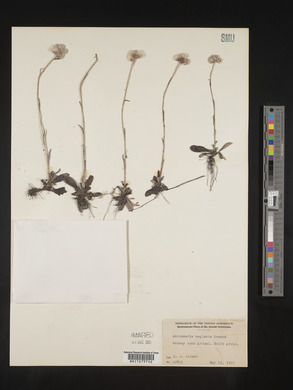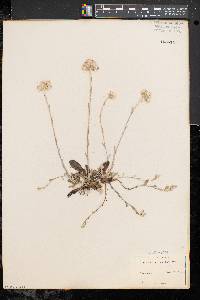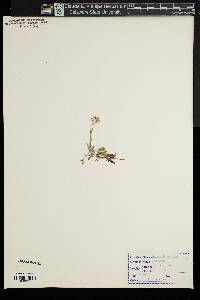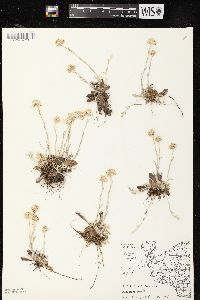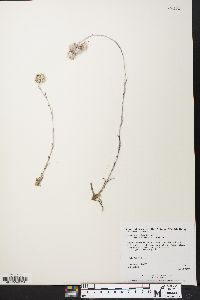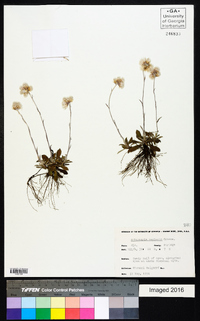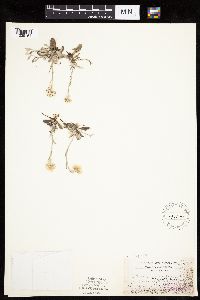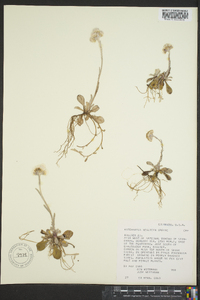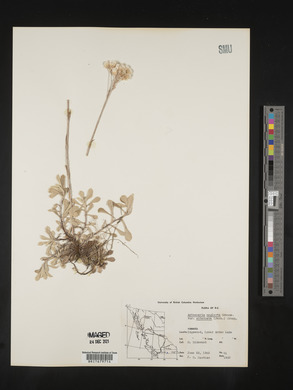Antennaria neglecta
|
|
|
|
Family: Asteraceae
Field Pussytoes
[Antennaria angustiarum Lunell, moreAntennaria athabascensis Greene, Antennaria campestris Rydb., Antennaria campestris var. athabascensis (Greene) Boivin, Antennaria campestris var. campestris , Antennaria chelonica Lunell, Antennaria erosa Greene, Antennaria howellii var. athabascensis (Greene) Boivin, Antennaria howellii var. campestris (Rydb.) Boivin, Antennaria longifolia Greene, Antennaria lunellii Greene, Antennaria nebrascensis , Antennaria nebraskensis Greene, Antennaria neglecta var. athabascensis (Greene) Taylor & MacBryde, Antennaria neglecta var. campestris (Rydb.) Steyermark, Antennaria parvula Greene, Antennaria rousseaui A.E.Porsild, Antennaria wilsonii Greene] |
Dioecious. Plants 4-25 cm. Stolons 2.5-18 cm. Basal leaves: 1-nerved, narrowly spatulate to cuneate-oblanceolate, 15-65 × 6-18 mm, tips mucronate, faces abaxially tomentose, adaxially gray-pubescent (green-glabrescent with age). Cauline leaves linear, 1.5-25 mm, distal flagged. Heads (1-)2-8 in corymbiform to spiciform or racemiform arrays. Involucres: staminate 4-7 mm; pistillate 6-10 mm. Phyllaries distally white. Corollas: staminate 2.7-5 mm; pistillate 4.5-6.5(-7) mm. Cypselae 0.9-1.4 mm, minutely papillate; pappi: staminate 3.5-6.5 mm; pistillate 6-8.5(-9.5) mm. 2n = 28. Flowering early-mid spring. Plains, grasslands, pastures, and open woodlands; 0-2500 m; Alta., B.C., Man., N.W.T., N.S., Ont., Que., Sask.; Ark., Colo., Conn., Del., Ill., Ind., Iowa, Kans., Ky., Maine, Md., Mass., Mich., Minn., Mo., Mont., Nebr., N.H., N.J., N.Y., N.Dak., Ohio, Okla., Pa., R.I., S.Dak., Vt., Va., W.Va., Wis., Wyo. Antennaria neglecta is a sexual progenitor of both the A. howellii and A. parvifolia polyploid complexes and has one of the more widespread ranges among the amphimictic species in the genus in North America. Amphimicts generally have small ranges compared to those of the polyploid agamic complexes derived from them. Characteristic features of A. neglecta are its lashlike stolons that bear reduced leaves (except at the ends), flags on the distal cauline leaves, and basal leaves that are green-glabrescent with age (R. J. Bayer and G. L. Stebbins 1982).
Plants 1-4 dm, with short and leafy or longer and merely bracteate stolons; basal lvs and those at the ends of the stolons densely and persistently tomentose beneath, only sparsely so (and eventually glabrate) above, or the upper side glabrous from the first, relatively small, mostly under 1.5 cm wide, 1-nerved or obscurely 3-nerved; pistillate invols 7-10 mm; variously sexual or apomictic, diploid or polyploid. Woods and open places; Nf. and Que. to Yukon, s. to D.C., Va., W.Va., s. Ind., Mo., and Calif. Apr.-June. Four vars. in our range: Gleason, Henry A. & Cronquist, Arthur J. 1991. Manual of vascular plants of northeastern United States and adjacent Canada. lxxv + 910 pp. ©The New York Botanical Garden. All rights reserved. Used by permission. From Flora of Indiana (1940) by Charles C. Deam In dry soil on open, wooded slopes, on dry knolls along roadsides, in dry pastures where it is most common, in the sandy soil of drained lake basins, and in sandy, dry prairies. Staminate plants are nearly as frequent as the pistillate ones. All of the species usually grow in poor ground where there is little competition with other plants and when once the plant becomes established, it soon forms a complete mat because of its stoloniferous habit of growth and because it is not eaten by grazing animals. It is sometimes called everlasting which is a very appropriate name for it because when it becomes established it is everlasting, and also because the leaves of the rosette remain green during the winter. ...... Indiana Coefficient of Conservatism: C = 3 Wetland Indicator Status: UPL Diagnostic Traits: Similar to A. howellii but upper surface of young basal leaves pubescent and producing both male and female plants within a population. |
|
|
|

